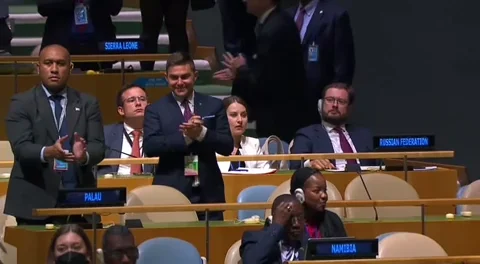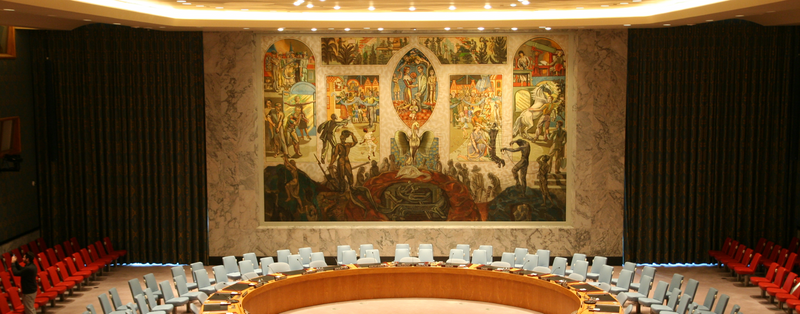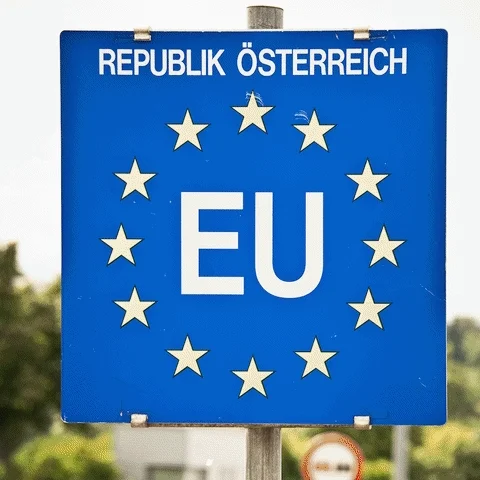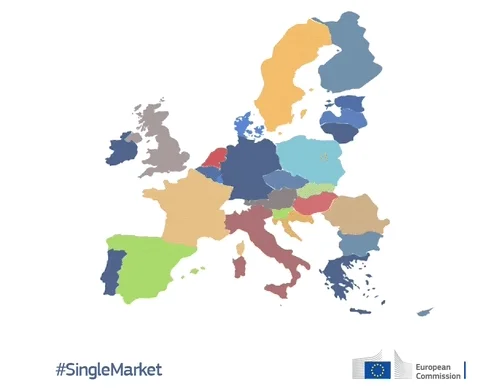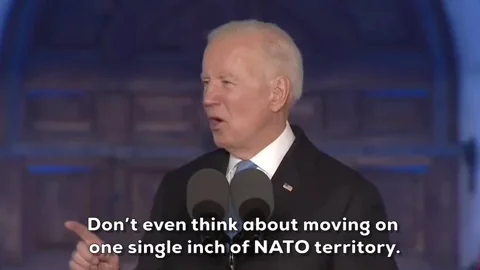The UN, the EU, and NATO. You're undoubtedly familiar with most, if not all, of these letters. But it isn't always clear what these organizations are or what they do.
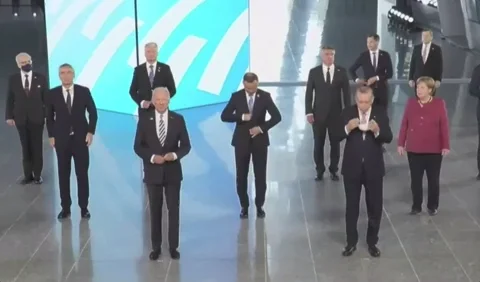
At first glance, they may seem like places where people in suits, ties, and other business wear stand around and take photos.
But, as it turns out, the people, agencies, departments, rules, and structures behind these abbreviations and acronyms strive to do much more than talk (and sometimes dance).
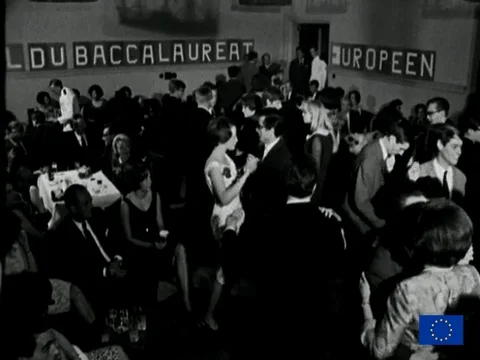
The UN, the EU, and NATO are intergovernmental organizations or IGOs.
Established by treaties, IGOs are groups of two or more countries that come together to tackle issues such as trade, war, and climate change.
Countries pool their resources and coordinate their efforts.
IGOs develop rules members are expected to follow. While rules may seem constrictive, countries join these organizations because they believe they will benefit somehow.
United Nations at a Glance

United Nations (UN)
Headquarters: New York City, New York
Established: October 24, 1945
Founding document: Charter of the United Nations
Members: 193 countries
Objective
The most well-known international organization, it strives to reduce armed conflict, find solutions to climate change and pandemics, promote human rights, and advance human security.
History in Brief
The UN's roots date back to the League of Nations. The League was an organization founded after World War I, whose members included countries from around the world. It strove to stop conflicts and protect the territory of its members.
But the league came up short in preventing World War II. The world tried again, and the United Nations was established.
At first, the UN focused on enforcing sovereignty. This means the UN strove to prevent countries from meddling in the affairs or seizing the territory of others.
As Europe's empires broke up after World War II, the UN also made efforts to manage the process of decolonization.
During the Cold War, US-Soviet tensions hampered the UN's ability to get things done. But this isn't to say the rest of the world was voiceless.
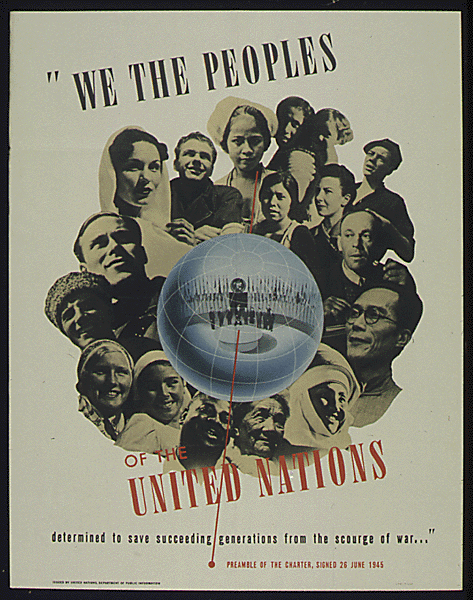
The General Assembly provided a forum for non-aligned countries — states that sided neither with the United States nor the Soviet Union. These countries were able to make their voices heard and pressure the superpowers to work together on issues that transcended their rivalry, such as the 1968 Non-Proliferation Treaty.
The end of the Cold War provided new opportunities for the United Nations to be more proactive in advancing human welfare. The path toward achieving this goal has had its ups and downs.
Membership Requirements
The UN's charter says membership is open to...
all peace-loving States that accept the obligations contained in the United Nations Charter and, in the judgment of the Organization, are able to carry out these obligations.
In practice, this means:
✔︎ A country's application must receive a recommendation from a majority of the members of the Security Council (at least 9 of 15 members must approve).
✔︎ And be approved by all five of the Security Council's permanent members.
✔︎ After an application receives a recommendation from the Security Council, it must be approved by at least a two-thirds majority of all the members of the General Assembly.
That's a Lot of Countries! How Does Anything Get Done?
The UN is a massive organization. It includes many different bodies, commissions, specialized agencies, and programs.
Together, this all makes up what is called the UN system. It's a lot to keep track of, but here are some of the most important things to know.
1. United Nations Security Council (UNSC)
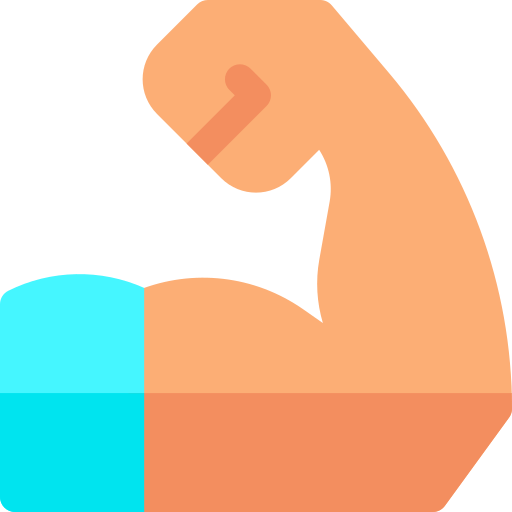 The Security Council is the UN's most powerful body. The Security Council:
The Security Council is the UN's most powerful body. The Security Council:
Sets the UN's agenda, discusses international security matters, and responds to crises.
Decides on the deployment of UN peacekeepers and the implementation of sanctions.
Denounces international aggression and can authorize the use of force by one country or a group of countries.
 Permanent Members (P5)
Permanent Members (P5)
These 5 countries are the United States, the United Kingdom, France, Russia, and China.
If one of these countries disagrees with a resolution, it can issue a veto, which automatically blocks action from being taken.
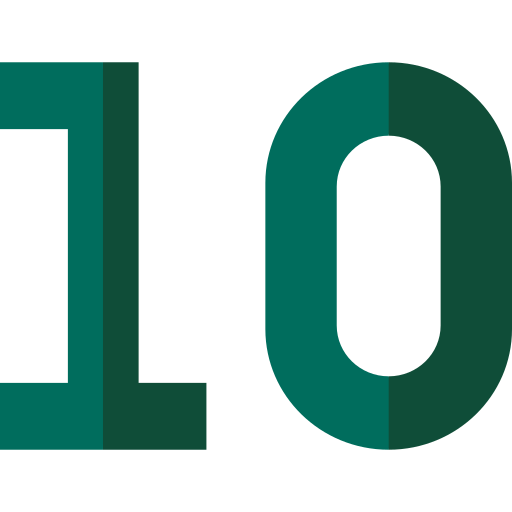 Non-permanent Members
Non-permanent Members
These 10 non-permanent members vote on UNSC resolutions, but unlike the 5 permanent members, they don't have veto power.
5 are selected by General Assembly each year to serve a 2-year term.
2. United Nations General Assembly (UNGA)
 This is the UN's main deliberative body. The UNGA:
This is the UN's main deliberative body. The UNGA:
Is a forum where countries debate topics and issue recommendations related to international security, human rights, and global poverty.
Embodies the principle of egalitarianism. Every member of the UN has one seat and one vote.
Votes on nonbinding decisions and resolutions. These require agreement among two-thirds of its members.
Approves the UN's budget.
The General Assembly meets yearly in its regular session. Most of their work gets done from September to December. They meet again in January to address matters that still need attention.
The General Assembly can also be convened throughout the year for special sessions if there is a major international crisis.
General Assembly discussions also occur within its 6 main committees, which focus on specific policy topics.

1st Committee: Disarmament & International Security
Deals with the challenges nuclear and conventional weapons present to international security.

2nd Committee: Economic & Financial Committee
Addresses issues relating to international development — like food insecurity and poverty — and the global economy.
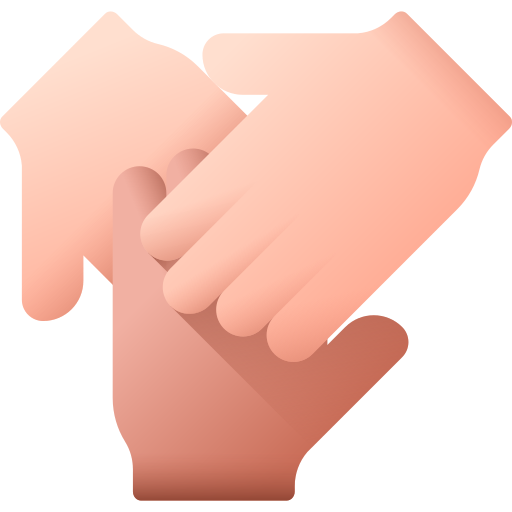 3rd Committee: Social, Humanitarian, & Cultural Issues
3rd Committee: Social, Humanitarian, & Cultural Issues
Deals with social issues such as racism, criminal justice, human rights, and the protection of children.
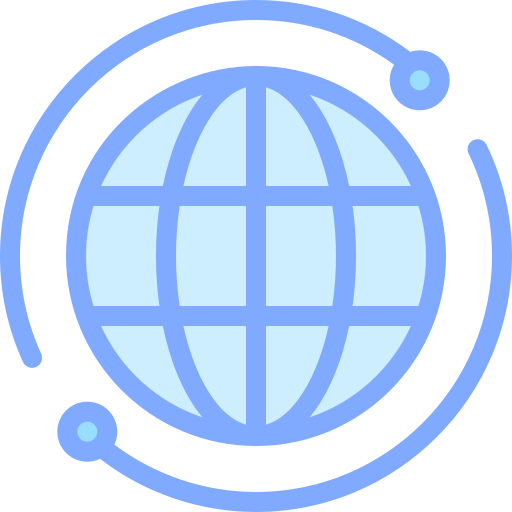
4th Committee: Special Political & Decolonization
Addresses various issues, from decolonization and UN peacekeeping missions to space exploration.

5th Committee: Administrative & Budgetary Committee
Oversees the UN budget, manages member states' financial contributions, and allocates funds for peacekeeping missions.
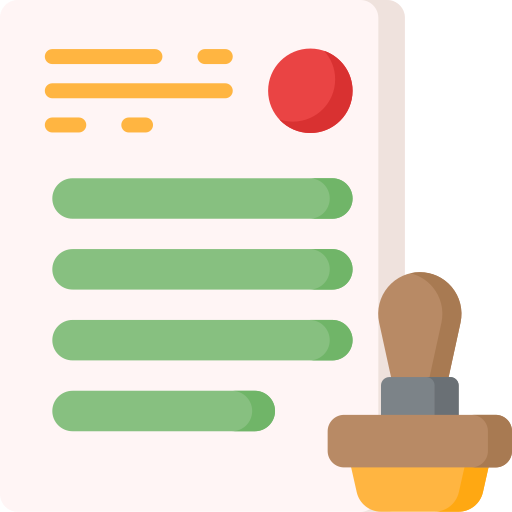 6th Committee: Legal
6th Committee: Legal
Interprets and develops international law and oversees the rules and regulations which govern the UN.
Is the UNGA all talk?
The UNGA is often criticized for its lack of power, especially compared to the Security Council. But it's not wholly without teeth.
It can censure members for violations of UN resolutions by preventing them from serving on panels.
Through its resolutions and declarations, it can shape international opinion, build norms, and pressure governments into changing their behavior.
The influence of the General Assembly can be seen in the Human Rights Council.
 UN Human Rights Council (UNHRC)
UN Human Rights Council (UNHRC)
Established by the General Assembly in 2006, the Human Rights Council is one of the UN's most important bodies for addressing human rights issues. Its membership includes representatives from 47 member countries, elected for 3-year terms by the General Assembly.
Though its resolutions are nonbinding, the Human Rights Council investigates and documents human rights violations and provides a setting for crimes to be confidentially reported.
It also aims to publicize human rights abuses on the global stage.
A System of Abbreviations and Acronyms
 Photo by Mathias Reding on Unsplash
Photo by Mathias Reding on UnsplashYou should know several other essential bodies and entities operating within the UN system.
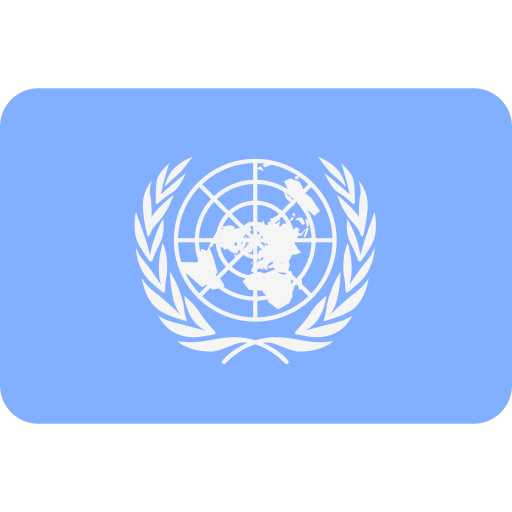 3. United Nations Secretariat
3. United Nations Secretariat
The Secretariat is the UN's executive and main administrative body. It's led by the Secretary-General, who the General Assembly appoints on the recommendation of the Security Council.
The current Secretary-General is António Guterres (pictured below).
The Secretariat manages and oversees the UN's peacekeeping, disarmament, human rights, and humanitarian relief work, to name just a few things
The Secretariat also ensures that the UN runs smoothly. It hires interpreters and translates documents.
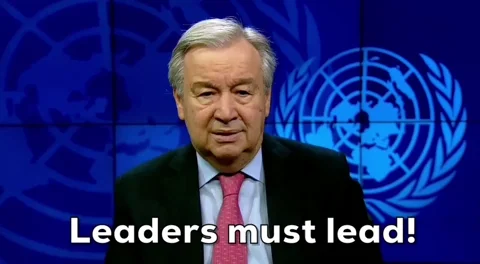
The Secretariat also drafts reports and does much to prepare the UN's many bodies, institutions, and agencies for their meetings.
 4. International Court of Justice (ICJ)
4. International Court of Justice (ICJ)
Located in The Hague, Netherlands, this judicial body settles disputes between states.
The ICJ should not be confused with the International Criminal Court (ICC). These are two separate organizations. The ICJ handles interstate disputes, while the ICC tries individuals — often accused of war crimes and crimes against humanity.
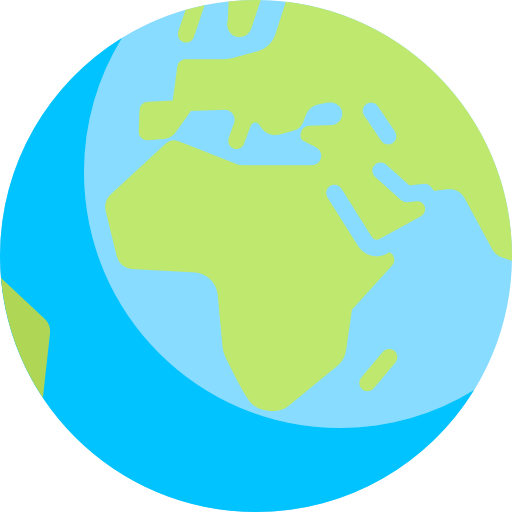 5. Trusteeship Council
5. Trusteeship Council
This council rarely meets, but its purpose was to oversee former colonies as they transitioned toward independence.
 6. Economic and Social Council (ECOSOC)
6. Economic and Social Council (ECOSOC)
ECOSOC discusses economic, health, environmental, social, and cultural issues and makes policy recommendations. It coordinates much of the work done within the UN system, including that of the 15 UN specialized agencies.
By agreement, these 15 specialized agencies will listen to ECOSOC's advice and recommendations but have near autonomy in their day-to-day operations.
These agencies are powerful global actors in their own right.
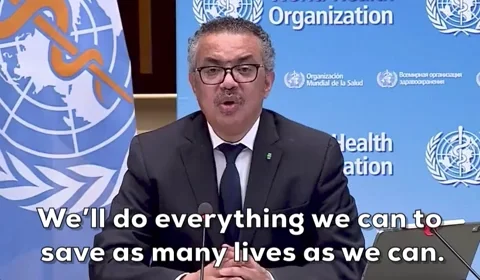
Some specialized agencies are well-known, and others are easy to take for granted —though they do meaningful work.
💵 International Monetary Fund (IMF): Provides loans to countries in dire economic straits, usually with the condition that recipient countries restructure their economies based on the IMF's advice.
🌐 Word Bank Group: Provides loans and other assistance to developing countries — often for infrastructure projects — to reduce global poverty and raise international living standards.
🩺 World Health Organization (WHO): Researches and monitors global health issues and encourages its members to coordinate their responses to emergencies, such as the coronavirus pandemic.
🏛️ United Nations Educational, Scientific, and Cultural Organization (UNESCO): Protects the world's cultural heritage and promotes education, art, literacy, and gender equality.
🛩️ International Civil Aviation Organization (ICAO): This one's easy to take for granted. But the next time you fly in an airplane, you won't. ICAO develops, promotes, and recommends international standards to ensure safe and efficient air travel.
The other 10 other UN specialized agencies include:
Food and Agricultural Organization (FAO)
International Fund for Agricultural Development (IFAD)
International Labor Organization (ILO)
International Maritime Organization (IMO)
International Telecommunications Union (ITU)
United Nations Industrial Development Organization (UNIDO)
United Nations World Tourism Organization (UNWTO)
Universal Postal Union (UPU)
World Intellectual Property Organization (WIPO)
World Meteorological Organization (WMO)

You can't spell funds without fun.
ECOSOC also coordinates the UN system's over 30 funds and programs.
Like the specialized agencies, these funds and programs have near autonomy over their day-to-day operations. They're funded through voluntary contributions by groups and people from outside the UN.
Still, the UN's influence on these funds and programs can be felt.
The General Assembly establishes these funds and programs.
ECOSOC reviews their work.
Their leadership is usually appointed by the UN Secretary-General.
 Here are 5 programs and funds you might have heard of:
Here are 5 programs and funds you might have heard of:
🌍 UN Development Program (UNDP): Seeks to reduce poverty, develop and implement sustainable development goals, and reduce global inequality.
🚸 UN Children's Fund (UNICEF): Advances child welfare by addressing such issues as literacy, nutrition, and gender equality. It also supports children during emergencies.
🌱 World Food Program (WFP): Works to feed people without easy access to food because of conflict, climate change, and natural disasters.
🌤️ UN Environmental Program (UNEP): Seeks to find solutions to climate change and inspire action by building global partnerships at all levels of society.
🫶 Refugee Agency (UNHCR): Assists people forced to leave their homes, whether from conflict or discrimination.
European Union at a Glance
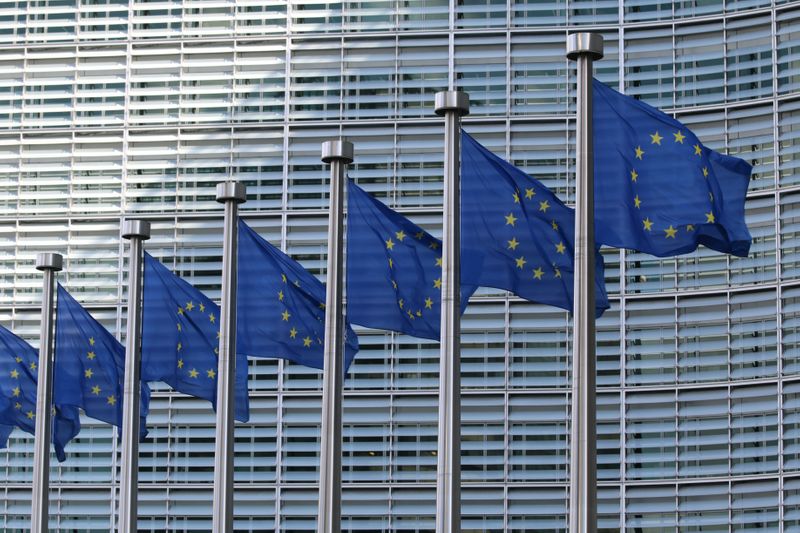 Photo by Guillaume Périgois on Unsplash
Photo by Guillaume Périgois on UnsplashEuropean Union (EU)
Headquarters: Brussels, Belgium
Established: The EU, as we know it today, was founded on November 1, 1993
Founding Document: Maastricht Treaty
Members: 27 countries
Membership Requirements
The European Union's membership requirements are called the Copenhagen Criteria. The Copenhagen Criteria lists 3 conditions countries must meet to apply for EU membership. Countries must:
✔︎ Be a stable democracy that respects the rule of law and human rights.
✔︎ Have a sound market economy.
✔︎ And have the ability to follow EU rules, regulations, and laws.

Objective
The European Union is an economic and political union of like-minded countries. It strives to advance peace, prosperity, and democratic values through laws, policies, and initiatives that foster evermore interdependence and cooperation among its members.
This principally takes the form of open borders and the operation of a common market, which allows goods, capital, and people to move freely within the European Union's borders.

History in Brief
The Maastricht Treaty continued a trend toward integration begun after World War II.
Haunted by the devastation wrought by two world wars and confronted with economic conditions similar to those which led to WWII, Europe reimagined how it would organize itself.

Thinkers like Jean Monnet and Robert Schuman, who laid the intellectual foundations for the modern EU, envisioned a continent where its countries pooled their sovereignty.
In other words, these countries would give up some of their independence and make decisions together. Countries would follow a standard set of laws and practices, which would benefit all. If zero-sum competition marked Europe's past, cooperation would define its future.
In essence, it was thought that if the economies and politics of Europe became increasingly intertwined, the conditions which had led to the total wars of the past could be eliminated.
Achieving this unity in Europe has been an ongoing, decades-long project.
The Road to Integration
Today's EU didn't form overnight.
It was a gradual process, with one treaty after another building upon the last to include more and more countries. Like any road, it has its bumps, twists, and turns.
This project began with 6 countries in 1951: Belgium, France, Italy, Luxembourg, the Netherlands, and West Germany.
 🖋️ Treaty of Paris (1951): This established the European Coal and Steel Community, which reduced trade barriers for coal and steel and placed these resources under common management.
🖋️ Treaty of Paris (1951): This established the European Coal and Steel Community, which reduced trade barriers for coal and steel and placed these resources under common management.
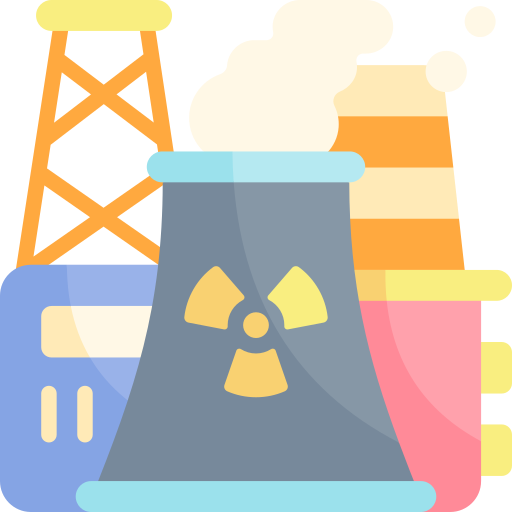 🖋️ Treaties of Rome (1957): One treaty established the European Economic Union, which built a common market to facilitate the free flow of goods, services, and people among its members.
🖋️ Treaties of Rome (1957): One treaty established the European Economic Union, which built a common market to facilitate the free flow of goods, services, and people among its members.
And the other treaty established the European Atomic Energy Community. Euratram, as it's commonly called, advances cooperation on matters related to nuclear energy, from research and the establishment of safety standards to the disposal of nuclear waste.
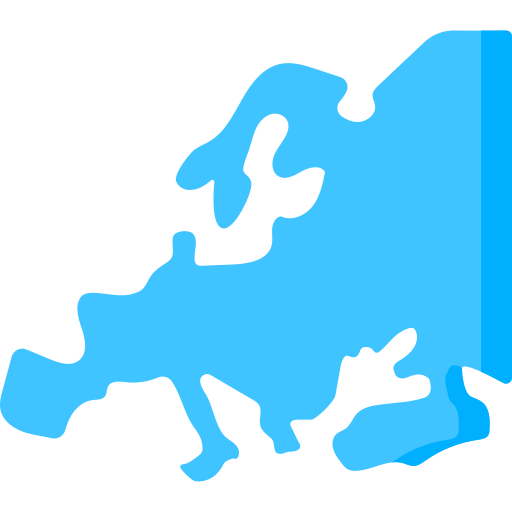 🖋️ Maastricht Treaty (1992): The treaty established the European Central Bank, paved the way for a common currency (the euro), and introduced the idea of EU citizenship, which allows people from EU countries to travel freely between countries to work and study.
🖋️ Maastricht Treaty (1992): The treaty established the European Central Bank, paved the way for a common currency (the euro), and introduced the idea of EU citizenship, which allows people from EU countries to travel freely between countries to work and study.
 🖋️ Lisbon Treaty (2009): This treaty reformed EU institutions to enhance transparency and streamline decision-making.
🖋️ Lisbon Treaty (2009): This treaty reformed EU institutions to enhance transparency and streamline decision-making.
What does integration look like today?
The cornerstones of today's common market are what the European Union calls the 4 freedoms. This includes the free movement of (1) workers, (2) goods, (3) capital, and (4) services among EU countries.
The Schengen Area and the euro support the 4 freedoms.
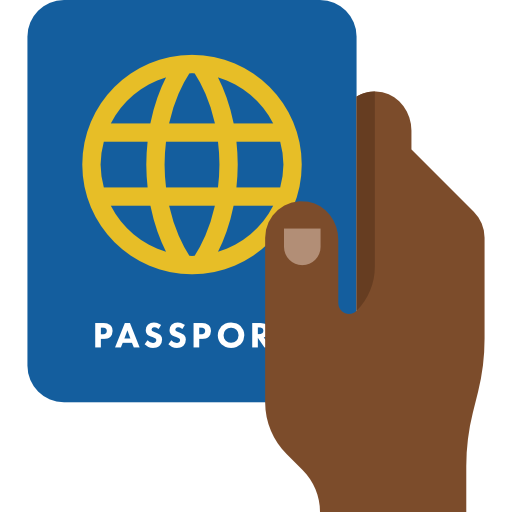 Schengen Area
Schengen Area
This area allows EU citizens to cross borders freely from one country to another. It includes most of the EU — except Bulgaria, Cyprus, Ireland, and Romania — and several non-members: Switzerland, Norway, Liechtenstein, and Iceland.
 Eurozone
Eurozone
This area comprises the 20 European Union countries that use the euro, the EU's common currency. The euro is the second most important currency in the world and facilitates the exchange of goods and services among countries that use it.

What's with all the bureaucrats in Brussels?
The European Union is, in many ways, a complex web of institutions, bodies, and agencies. Some of them make decisions. Others are consulted for policy advice, tasked with administrative work, and assigned oversight duties.
We could fill many, many Bytes explaining all this in detail. But let's briefly examine the EU's 7 main institutions, which serve executive, judicial, legislative, and financial roles.
Executive
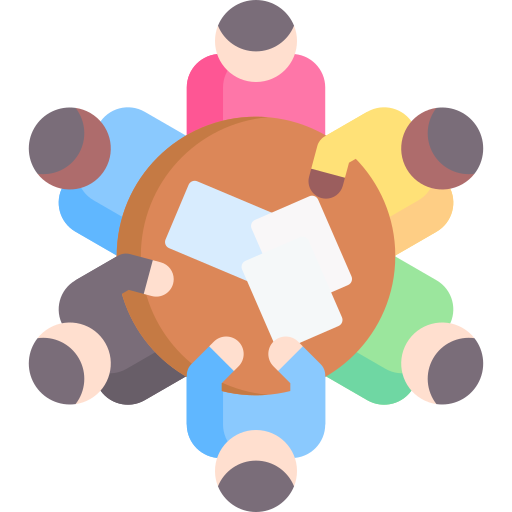 1. European Council: Includes the heads of state of every member state and the president of the European Commission. The European Council elects its chairperson, the European Council President.
1. European Council: Includes the heads of state of every member state and the president of the European Commission. The European Council elects its chairperson, the European Council President.
The European Council doesn't make or approve laws. But it does set the EU's agenda by establishing priorities and outlining the EU's strategy for achieving its goals.
For the agenda to be set, a consensus must be reached among all its members.
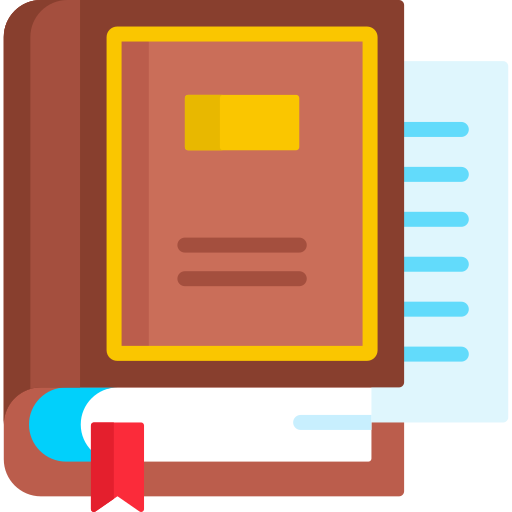 2. European Commission: Proposes and implements laws and decisions and manages the EU's budget.
2. European Commission: Proposes and implements laws and decisions and manages the EU's budget.
It has 27 commissioners — one from each member country — selected by the European Council and approved by the European Parliament.
Legislative
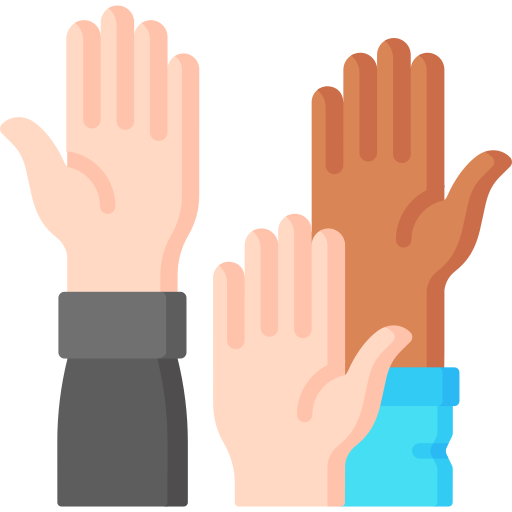 3. European Parliament: This institution represents Europe's citizens, who directly elect their representatives every five years.
3. European Parliament: This institution represents Europe's citizens, who directly elect their representatives every five years.
The European Parliament has 705 seats, and each EU country is allocated representatives roughly in proportion to the size of its population.
The European Parliament cannot introduce legislation but votes on laws and approves the EU's budget. For legislation to become law, it must be passed by both the European Parliament and the Council of the European Union.  4. Council of the European Union: This institution, along with the European Parliament, approves or vetoes laws.
4. Council of the European Union: This institution, along with the European Parliament, approves or vetoes laws.
It's often called the Council of Ministers because it comprises the government ministers from each EU country, who meet to discuss issues that fall under their purview.
For example, labor ministers will meet to discuss labor issues, and trade ministers will meet to discuss trade issues.
Judicial
 5. Court of Justice of the European Union: This is the EU's main judicial institution, similar to the United States Supreme Court. It consists of two courts — the Court of Justice and the General Court — which include judges from each EU country.
5. Court of Justice of the European Union: This is the EU's main judicial institution, similar to the United States Supreme Court. It consists of two courts — the Court of Justice and the General Court — which include judges from each EU country.
Court of Justice: Settles legal disputes between the EU and its member countries.
General Court: Usually settles legal disputes that individuals and organizations have with the EU.
 6. Court of Auditors: This independent institution provides financial oversight of the EU. It ensures funds are collected and appropriately allocated throughout the EU. It also checks to make sure there isn't any wasteful spending.
6. Court of Auditors: This independent institution provides financial oversight of the EU. It ensures funds are collected and appropriately allocated throughout the EU. It also checks to make sure there isn't any wasteful spending.
Financial
 7. European Central Bank: The European Central Bank manages the euro and implements the EU's economic and monetary policy to stabilize prices.
7. European Central Bank: The European Central Bank manages the euro and implements the EU's economic and monetary policy to stabilize prices.
NATO at a glance
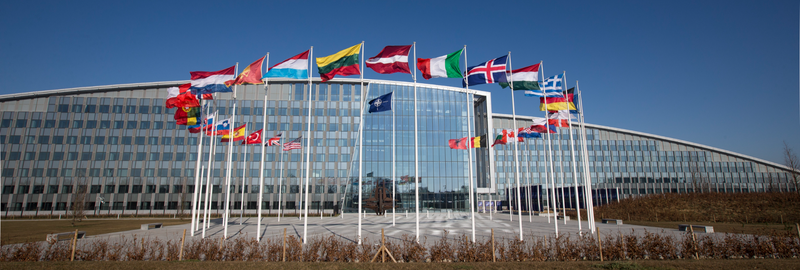
North Atlantic Treaty Organization (NATO)
Headquarters: Brussels, Belgium
Established: April 4, 1949
Founding Document: North Atlantic Treaty
Members: 30 countries
Objective
NATO is a transatlantic political and military alliance that seeks to protect the peace and security of its members.
An alliance is a group of two or more countries bound together, often by treaty, to defend one another.
In an alliance such as NATO, members pool their resources and integrate their armed forces to increase their strength.
Alliances shouldn't be confused with partnerships. In a partnership, countries will work with one another, but they are not bound to defend one another.
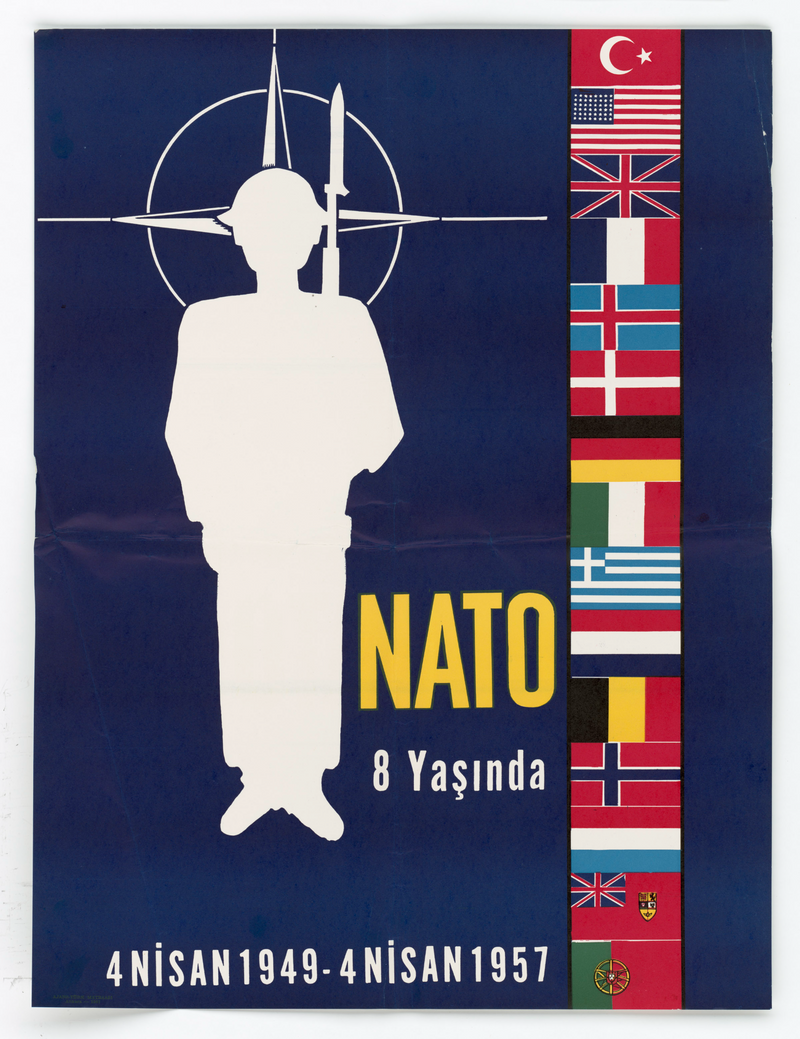
History in Brief
NATO's mission has changed over the years. It was formed in the early years of the Cold War to protect its members from the Soviet Union and to link the United States and Canada to Western Europe.
NATO was the cornerstone of America's Cold War strategy to contain the Soviets.
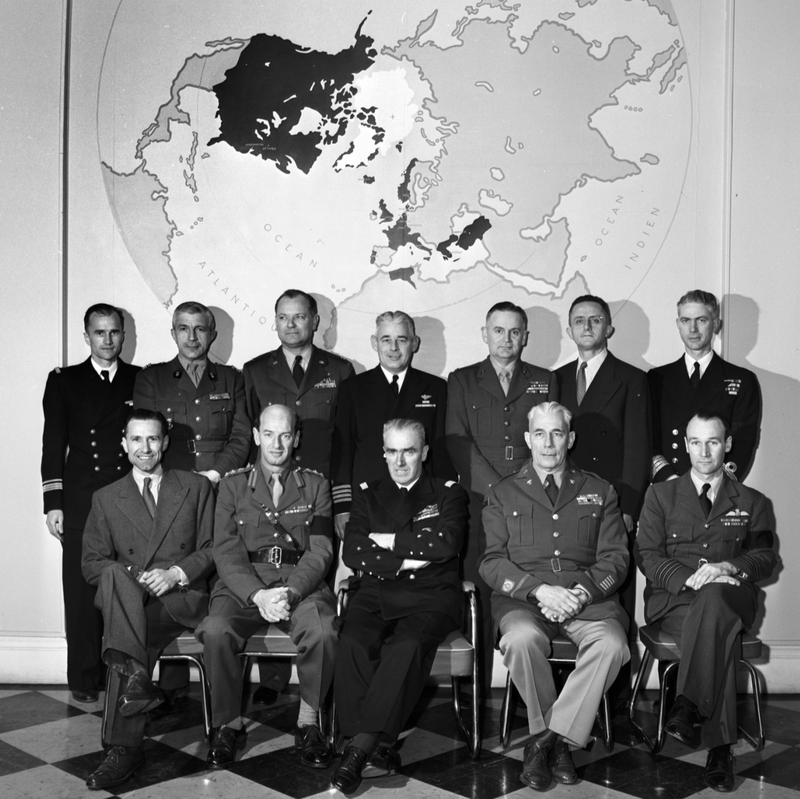
After the Cold War, NATO extended membership to countries in the former Soviet bloc and sought to support the development of democracy in Eastern Europe.
NATO also sought to address challenges beyond its borders. NATO's efforts included its anti-piracy mission in the Indian Ocean, humanitarian interventions in the Balkans, and counter-terrorism operations in Afghanistan.
At least for the moment, the Russia-Ukraine war appears to have returned NATO's attention to its European borders.
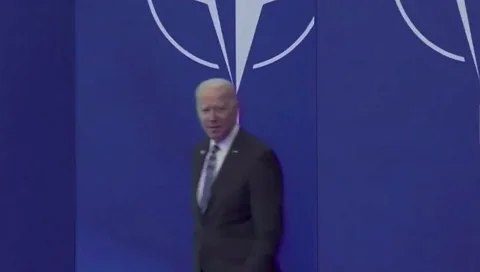
Membership Requirements
The text of the North Atlantic Treaty says a country can be invited to join NATO if they are:
A European state*
Able to contribute to regional security
Be in a position to furtherthe Treaty's principles
Approved by all current NATO members.
New members were added relatively infrequently during the Cold War. But after the Soviet Union's collapse, NATO expanded east and created more formal guidelines for aspiring members to ensure they shared the alliance's principles — democracy, free markets, respect for human rights, and the rule of law.

These guidelines, called the Membership Action Plan (MAP),assist members in developing democratic practices and bringing their militaries up to NATO standards.
*Canada and the United States, which joined NATO at its founding, have been the exception to the rule. Turkey, another NATO member, straddles both the European and Asian continents.
Consensus and Collective Defense

Two important principles support the alliance. We can think of these as the two C's: consensus and collective defense.
Consensus
NATO makes decisions based on consensus. This means all members must agree on a course of action before it is implemented.
To reach a consensus, NATO members consult with one another. This happens during the day-to-day operations of the alliance. This can be done more formally if Article 4 of the North Atlantic Treaty is invoked.
 Article 4
Article 4
This article is triggered if one or more countries believe there are dangers that NATO needs to address. NATO's members will then meet to determine if a member country's territory, independence, or security is under threat.
This article has been invoked only seven times, most recently when Russia invaded Ukraine in February 2022.
It's important to distinguish this article from Article 5 (we'll get to this below).
Collective Defense
At its core, NATO is a collective defense alliance. This means that an attack on one country is considered an attack on all.
Through collective defense, NATO seeks to deter aggression on its member states and, if necessary, to militarily defend them if war breaks out.
In practice, this includes ensuring each member's military can seamlessly fight alongside one another — standardized ammunition is used, soldiers are trained together, and NATO-wide military exercises are performed.
Collective security is enshrined in Article 5 of the North Atlantic Treaty.
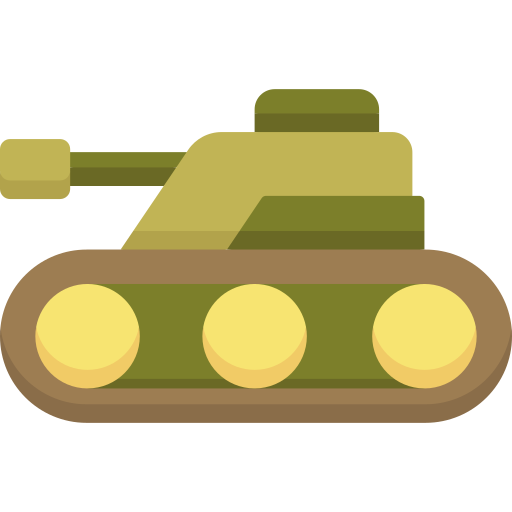 Article 5
Article 5
A direct attack on a NATO member will trigger an article 5 response, in which NATO countries will defend their ally.
But this does not mean the alliance is automatically at war.
Once the alliance determines if an attack has occurred, Article 5 gives it leeway to react in ways its members deem fit.
Indeed, NATO may decide to place boots on the ground. But it might respond to aggression in other ways. It could issue a strongly worded condemnation or deliver weapons and other equipment to an imperiled ally.
Article 5 has only been invoked once, following the terrorist attacks on the United States on September 11, 2001.
In this case, NATO provided surveillance for America's invasion of Afghanistan.

Important Roles in NATO
Since NATO is a political and military alliance, it needs political and military officials to run successfully.

Political Roles
Secretary-General: Traditionally a European leader, the Secretary-General is NATO's most important political figure.
The Secretary-General manages and leads discussions to help members reach consensus and serves as the organization's public face.
You may be familiar with the current Secretary General, Jens Stoltenberg.
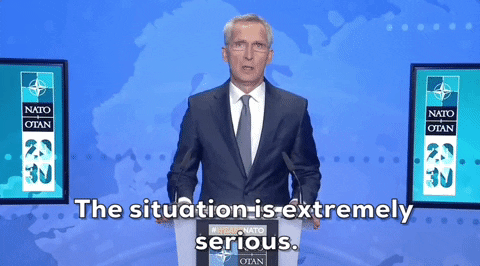
Delegations: Each alliance member is represented at NATO by a diplomatic delegation led by an ambassador. These delegates sit on committees that discuss such matters as nuclear weapons policy and intelligence.
The most important of these committees is the North Atlantic Council. This is where each country's ambassador to NATO sits.
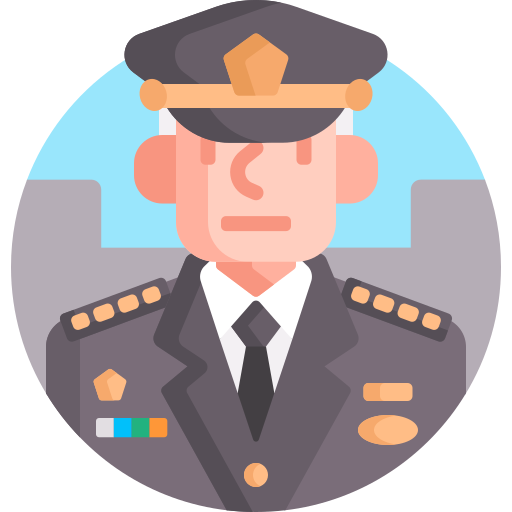 Military Roles
Military Roles
Chair of the Military Committee: The Secretary-General's most important military advisor, the chair of the military committee serves as the public face of the alliance on military matters.
Supreme Allied Commander Transformation (SACT): Oversees the development and implementation of advanced military technology and devises new strategies to meet future threats.
Supreme Allied Commander Europe (SACEUR): Always an American, SACEUR plans and executes the alliance's military operations.
Take Action
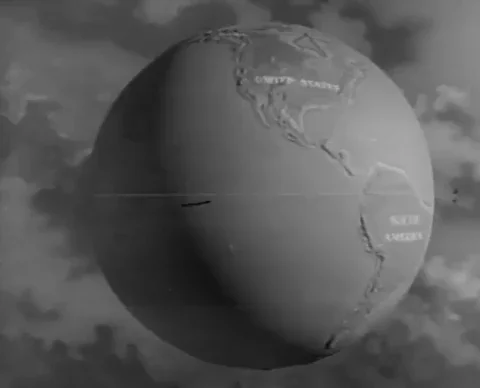
Next time you hear about the UN, the UEU, and NATO on the news, you'll understand that they strive to do more than just talk.
In practice, however, they face many challenges, and their ability to accomplish their goals and missions is hotly debated.
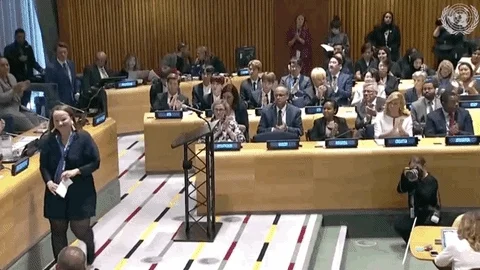
To learn more about international organizations and this debate, you can listen to these episodes of EGF's podcast, "None Of The Above":
Your feedback matters to us.
This Byte helped me better understand the topic.

